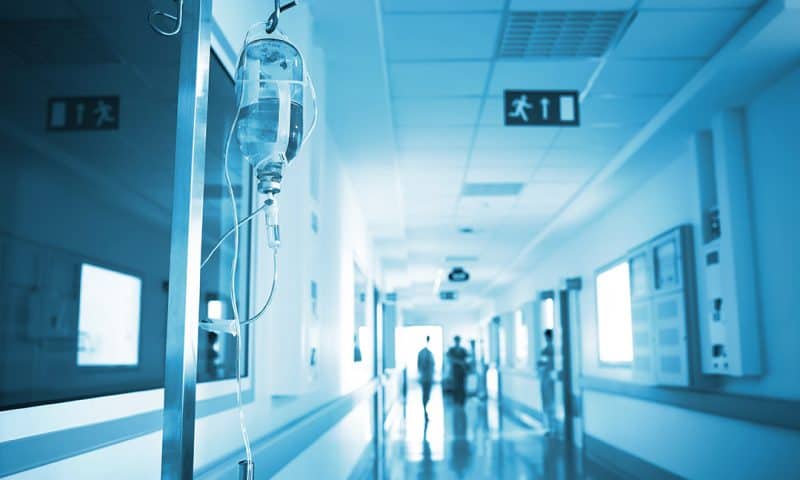A hospital room without its ubiquitous nest of wires, patches, screens and beeping machines is the vision put forward by Oxehealth, which has received a landmark green light from the FDA for a new type of vital sign monitor capable of tracking a person’s breathing and heart rate with only an overhead camera.
The U.K.-based company’s vision-based patient monitoring platform is primarily designed for use in nursing homes and long-term care facilities, where people may not necessarily need to be tethered to a device full-time.
The agency granted a de novo clearance to the company’s vital sign software, which is folded into its larger Oxevision service—a management suite that also aims to automatically detect falls, injuries and sleep quality as well as if a person leaves its line of sight.
In a clinical trial, the system’s optical sensors were able to take a person’s pulse, contact-free, to within three beats per minute of a standard, finger-worn oximeter reading and could count breaths by gauging the movement of the chest wall.
“Unlike conventional remote patient monitoring devices, such as bed mats, falls monitors or wearables, the Oxehealth Service delivers on the promise of minimizing patient harm, maximizing patient recovery, and making it possible to reconfigure patient pathways,” CEO Hugh Lloyd-Jukes said.
After receiving a regulatory OK in Europe two years ago—following pilot projects with the University of Oxford and the U.K.’s National Health Service—the company plans to make its Oxevision program available to general hospitals as well as behavioral health providers and custodial care settings.

